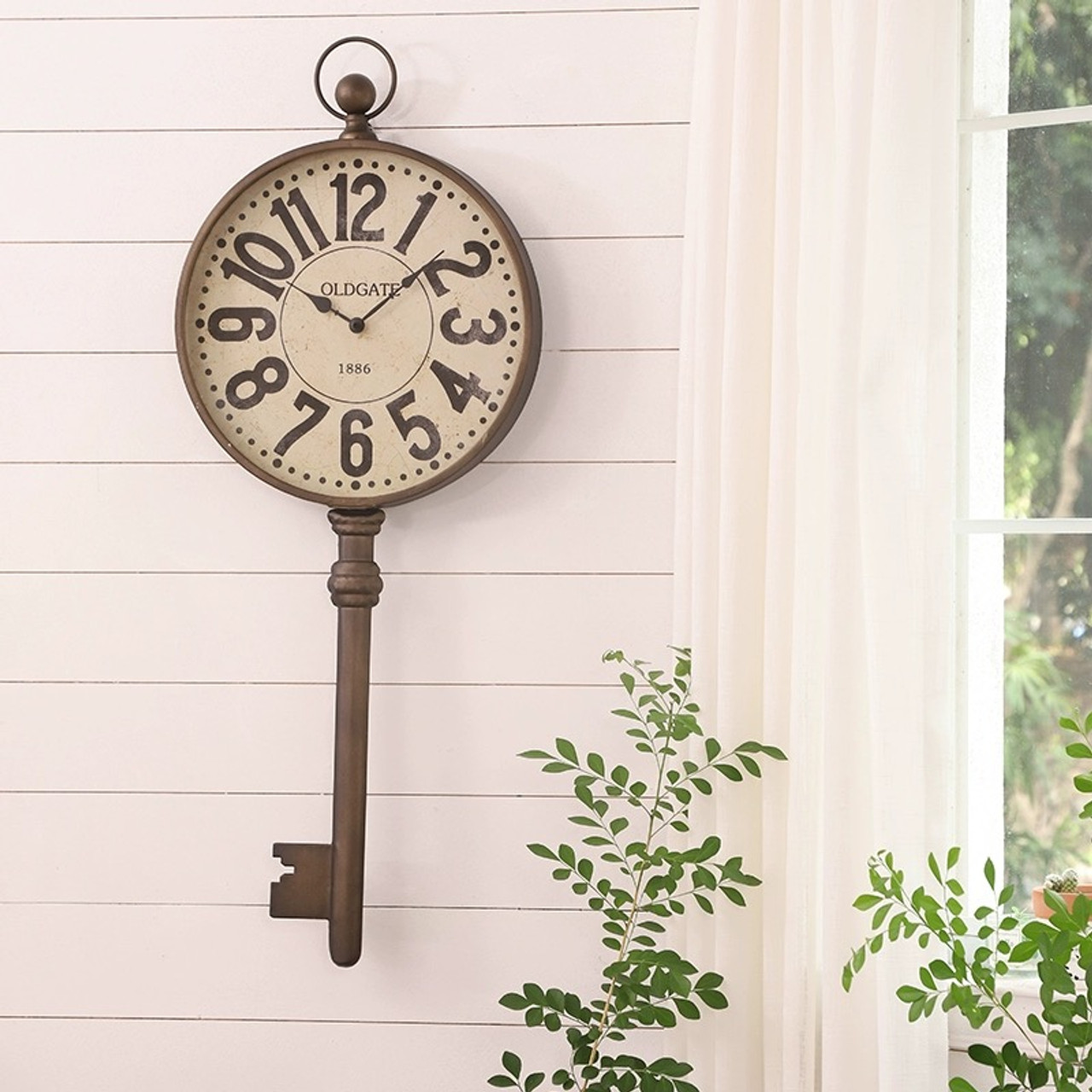

Articles
How High To Hang Wall Clock
Modified: January 18, 2024
Looking for articles on how high to hang a wall clock? Check out our helpful guide for tips and advice on finding the perfect placement for your timepiece.
(Many of the links in this article redirect to a specific reviewed product. Your purchase of these products through affiliate links helps to generate commission for Storables.com, at no extra cost. Learn more)
Introduction
Choosing the perfect spot to hang a wall clock is not a decision to be taken lightly. It may seem like a simple task, but getting the height just right can make a significant difference in both the functionality and aesthetics of the clock. Whether you want to hang a wall clock in your living room, kitchen, bedroom, or any other space, finding the optimal height is crucial.
In this article, we will delve into the factors to consider when determining the ideal height to hang a wall clock. We will explore different scenarios, such as hanging a clock at eye level, above furniture, and in unique spaces. By the end, you will have a better understanding of how to showcase your wall clock in the most visually appealing and practical way.
Let’s dive in and discover the secrets to achieving that perfectly placed wall clock.
Key Takeaways:
- Find the perfect spot for your wall clock by considering eye level, furniture placement, and unique spaces. Balance functionality and aesthetics for a captivating focal point in any room.
- Hanging a wall clock is an art that combines style and functionality. Seize the opportunity to showcase your clock at its best height and enjoy the timeless beauty it brings to your space.
Read more: How To Hang A Wall Clock
Determining the Right Height
When it comes to hanging a wall clock, there are a few guidelines you can follow to determine the right height. These guidelines will ensure that the clock is easily readable and blends harmoniously with the surrounding decor.
One commonly recommended rule is to hang the clock at eye level. This means that the center of the clock should be at the average eye level of people in the room. Typically, this falls between 57 to 63 inches (145 to 160 cm) from the floor. Hanging the clock at eye level ensures that it is easily visible and accessible to everyone in the room.
However, it is important to consider the function of the room and the purpose of the clock. If the clock is primarily for decorative purposes, you may choose to hang it slightly higher or lower based on personal preference and the overall aesthetic you want to achieve.
Another factor to consider is the presence of furniture or architectural elements in the room. If you plan to hang the clock above a piece of furniture, such as a sofa or a sideboard, you should integrate it visually with the furniture. Aim to have a gap of around 6 to 12 inches (15 to 30 cm) between the top of the furniture piece and the bottom of the clock.
It is also important to account for the size of the wall clock itself. Larger clocks tend to have a stronger visual impact and may require a slightly different height placement. If you have a large wall clock, you might want to hang it slightly lower to ensure it doesn’t overpower the room or appear disconnected from the rest of the decor.
By considering these factors and following these general guidelines, you can determine the right height to hang your wall clock. Remember, these are just suggestions, and personal preference plays a significant role in finding the perfect spot for your clock.
Hanging a Wall Clock at Eye Level
Hanging a wall clock at eye level is a popular choice as it ensures optimal visibility and accessibility. To achieve this, follow these steps:
- Measure the height: First, measure the height of the wall where you plan to hang the clock. Then, measure the desired eye level height from the floor, usually between 57 to 63 inches (145 to 160 cm).
- Mark the spot: Use a pencil to mark the spot on the wall where the center of the clock will be positioned. Use a level or tape measure to ensure accuracy.
- Install the mounting hardware: Depending on the weight and design of the clock, use appropriate mounting hardware such as nails, screws, or wall anchors. Make sure they are securely attached to the wall.
- Hang the clock: Once the hardware is in place, gently hang the wall clock on the hanging mechanism provided by the manufacturer. Ensure that it is centered and secure.
By following these steps, you can confidently hang your wall clock at eye level, allowing it to become a focal point in the room while remaining easily readable for everyone.
However, it’s important to note that eye level can vary depending on factors such as the average height of people in the room or the seating arrangements. Consider the height of the individuals who spend the most time in the space and adjust the eye level accordingly for maximum convenience. Remember, the goal is to make the clock easily visible without straining the neck or eyes.
Hanging a clock at eye level is a safe and visually pleasing option for most situations. It ensures that the clock becomes a functional and decorative element in your room, adding both style and practicality.
Hanging a Wall Clock Above Furniture
When hanging a wall clock above furniture, it’s important to create a visually cohesive and balanced look. By following these steps, you can ensure that the clock complements the furniture piece while maintaining functionality:
- Measure the furniture: Begin by measuring the height of the furniture piece where you plan to hang the clock. Consider the overall dimensions of the furniture and the amount of wall space available above it.
- Create a gap: To create a harmonious look, allow a gap of about 6 to 12 inches (15 to 30 cm) between the top of the furniture and the bottom of the clock. This will prevent the clock from overpowering or appearing disconnected from the furniture.
- Mark the spot: Use a pencil to mark the spot on the wall where the center of the clock will be positioned above the furniture. Use a level or tape measure to ensure accuracy.
- Install the mounting hardware: Depending on the weight and design of the clock, use appropriate mounting hardware such as nails, screws, or wall anchors. Ensure that they are securely attached to the wall, taking into account the weight of both the clock and the furniture.
- Hang the clock: Once the hardware is securely in place, hang the wall clock using the hanging mechanism provided by the manufacturer. Make sure the clock is centered above the furniture and securely fastened.
By following these steps, you can effectively integrate the wall clock with the furniture, creating a cohesive and visually pleasing arrangement.
Keep in mind that the size of the furniture and the clock should be proportionate. In a larger space with substantial furniture, you can opt for a larger clock to make a statement. Conversely, in a smaller space or with delicate furniture, a smaller clock may be more appropriate.
When hanging a wall clock above furniture, consider the other elements in the room as well. Make sure the style, color scheme, and overall design of the clock complement the furniture and the rest of the decor. This will help create a cohesive and well-curated space.
Remember, hanging a wall clock above furniture is a great way to make use of vertical space and create an eye-catching focal point. Take your time in selecting the right clock and consider the overall balance and harmony of the room.
Hanging a Wall Clock in Unique Spaces
While most wall clocks are typically hung in common areas such as living rooms or bedrooms, there are also unique spaces where a wall clock can make a statement. Whether it’s an unconventional wall, a narrow hallway, or a high-ceilinged room, with a little creativity and planning, you can find the perfect spot for your clock. Here are some suggestions for hanging a wall clock in unique spaces:
Read more: How To Hang A Pendulum Wall Clock
Unconventional Walls:
If you have an unconventional wall such as a slanted wall, a brick wall, or a textured surface, consider using a clock with a flexible hanging mechanism. This will allow you to adjust the clock’s position to fit the unique wall, ensuring a secure and visually pleasing installation. Additionally, you can use the clock to accentuate the unconventional nature of the wall, turning it into a design feature.
Narrow Hallways:
In narrow hallways, hanging a wall clock can add visual interest and break up the long, empty stretches of wall. When hanging a clock in a narrow hallway, consider selecting a clock with a slightly smaller diameter to prevent it from overpowering the space. Hanging the clock at eye level or slightly above eye level will help ensure it’s easily visible as people walk through the hallway.
High-Ceilinged Rooms:
In rooms with high ceilings, a wall clock can help fill the vertical space and bring a touch of visual warmth. When hanging a clock in a high-ceilinged room, consider placing it slightly higher than the standard eye level. This will help draw the eye upward, adding a sense of grandeur and emphasizing the height of the room. However, make sure the clock is still within a comfortable viewing range.
Incorporating Multiple Clocks:
If you have a large or open space, you can create a dynamic and visually engaging display by incorporating multiple clocks. For example, you can arrange clocks of different sizes and styles on a gallery wall or create a symmetrical arrangement with matching clocks on opposite walls. This can add a unique and playful element to the room while providing practical timekeeping in various areas.
When hanging a wall clock in unique spaces, it’s essential to take into account the overall aesthetic of the room and the function of the space. Consider the existing decor, furniture placement, and lighting to ensure the clock becomes a harmonious addition to the space. Take your time to experiment with different placements and arrangements until you find the perfect spot for your wall clock in these unique spaces.
When hanging a wall clock, position the center of the clock at eye level, which is typically around 57-60 inches from the floor. This ensures easy visibility and a balanced look on the wall.
Conclusion
Choosing the right height to hang a wall clock is essential for both functionality and aesthetics. By following the guidelines and considerations mentioned in this article, you can find the perfect placement for your wall clock in any space.
Determining the ideal height involves considering factors such as hanging the clock at eye level, taking into account the presence of furniture, and considering unique spaces. Hanging a clock at eye level ensures easy readability and accessibility for everyone in the room. Hanging a clock above furniture requires creating a visually balanced look with a gap between the top of the furniture and the bottom of the clock. In unique spaces, such as unconventional walls, narrow hallways, or high-ceilinged rooms, creativity can lead to a striking placement that enhances the overall atmosphere.
Remember, these guidelines are not rigid rules, as personal preference and the specific dynamics of the room play a significant role. The goal is to find a placement that is visually appealing, functional, and complements the overall decor.
So, the next time you hang a wall clock, take your time to measure, consider the room’s characteristics, and ensure the clock becomes a captivating focal point that adds beauty and practicality to your space.
Hanging a wall clock is an art that combines style and functionality, and when done right, it can enhance the ambiance of any room. So, seize the opportunity to showcase your wall clock at its best height and enjoy the timeless beauty it brings to your home or office.
Frequently Asked Questions about How High To Hang Wall Clock
Was this page helpful?
At Storables.com, we guarantee accurate and reliable information. Our content, validated by Expert Board Contributors, is crafted following stringent Editorial Policies. We're committed to providing you with well-researched, expert-backed insights for all your informational needs.
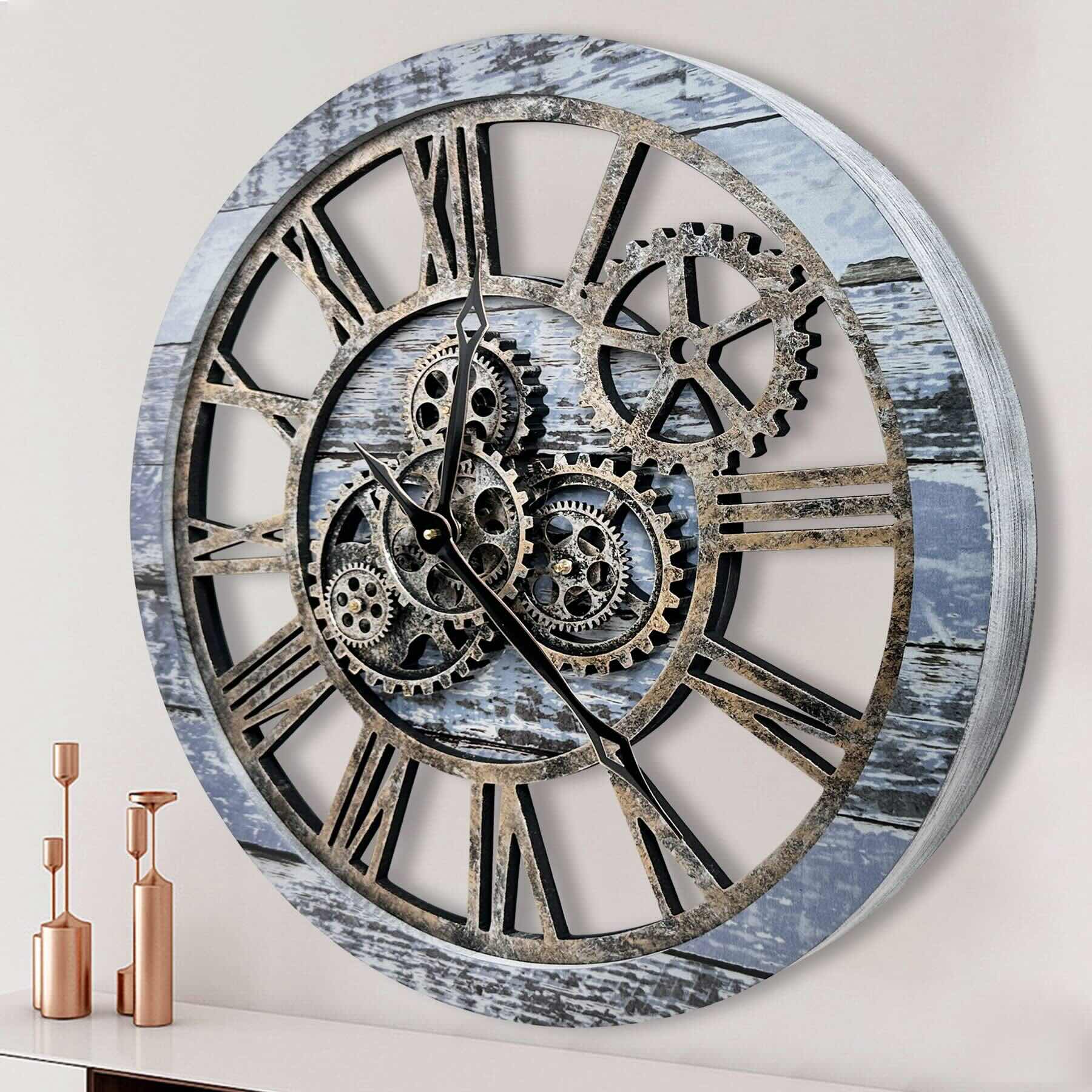
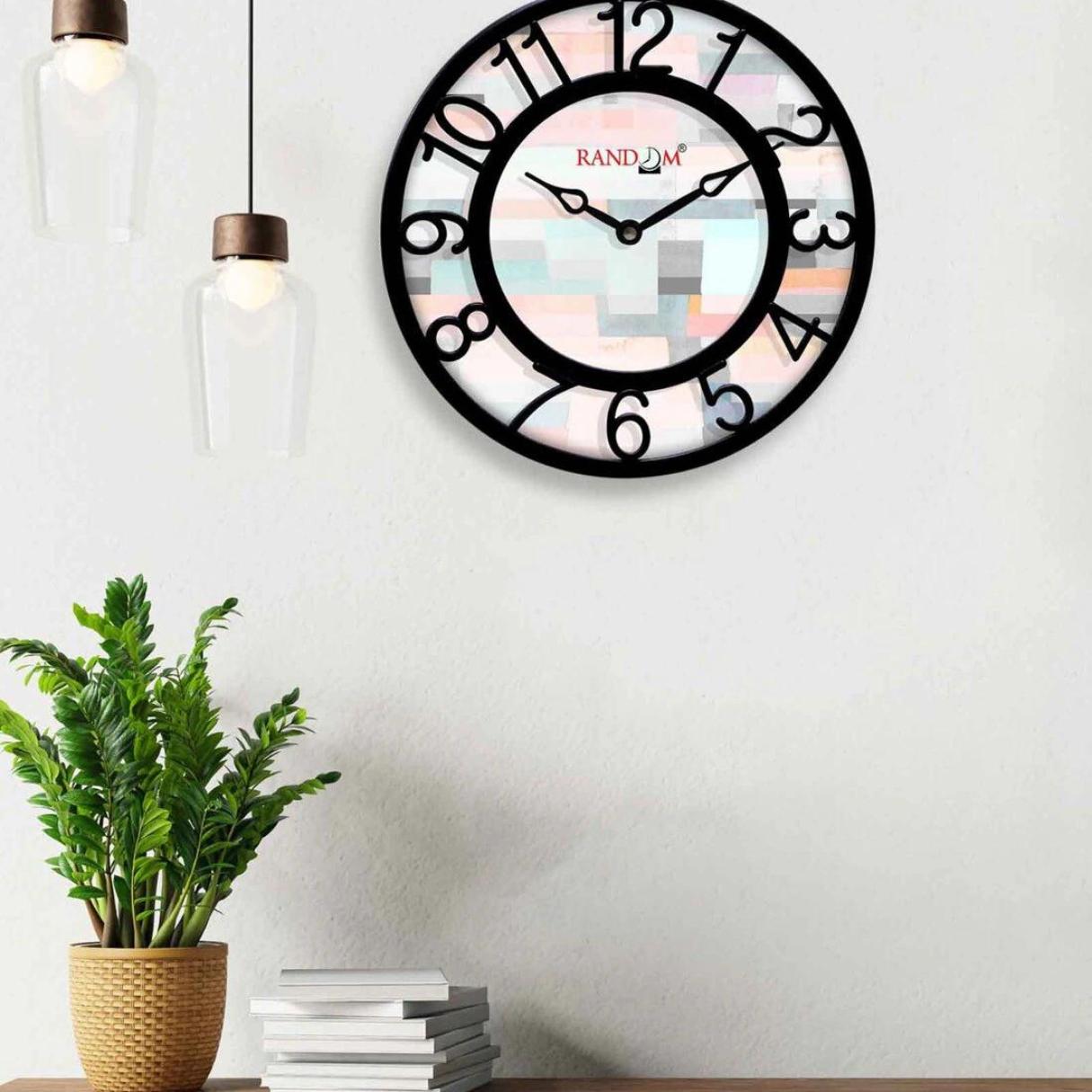
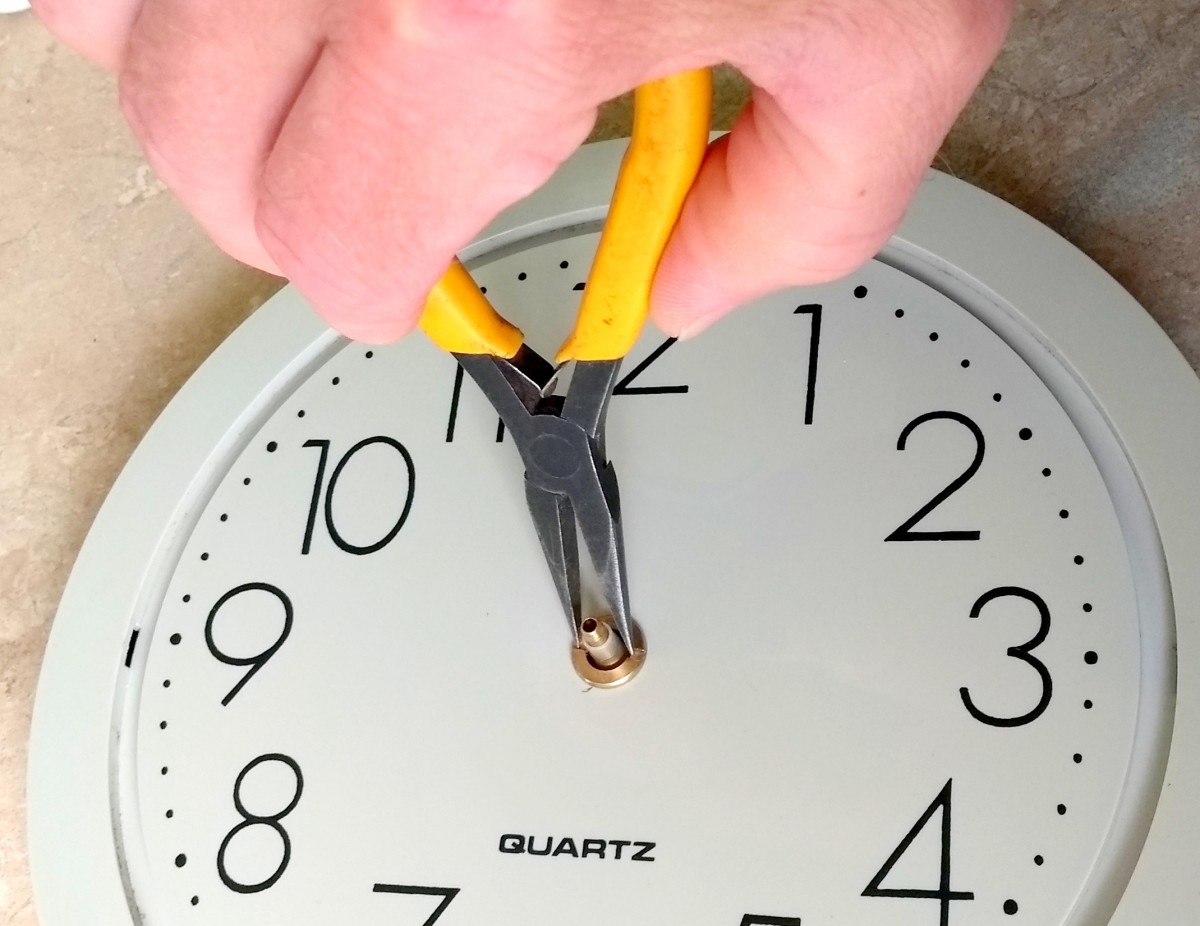
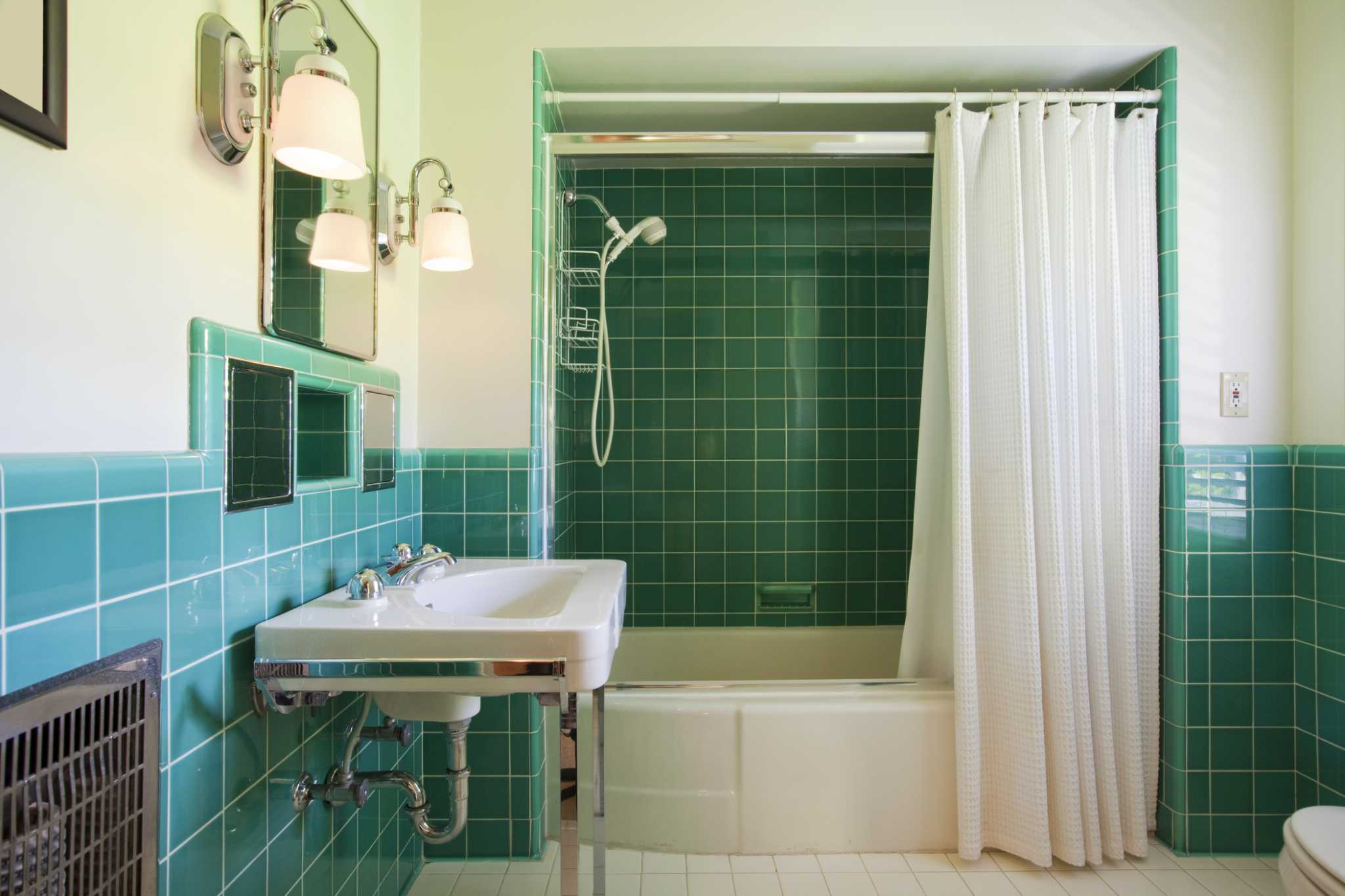
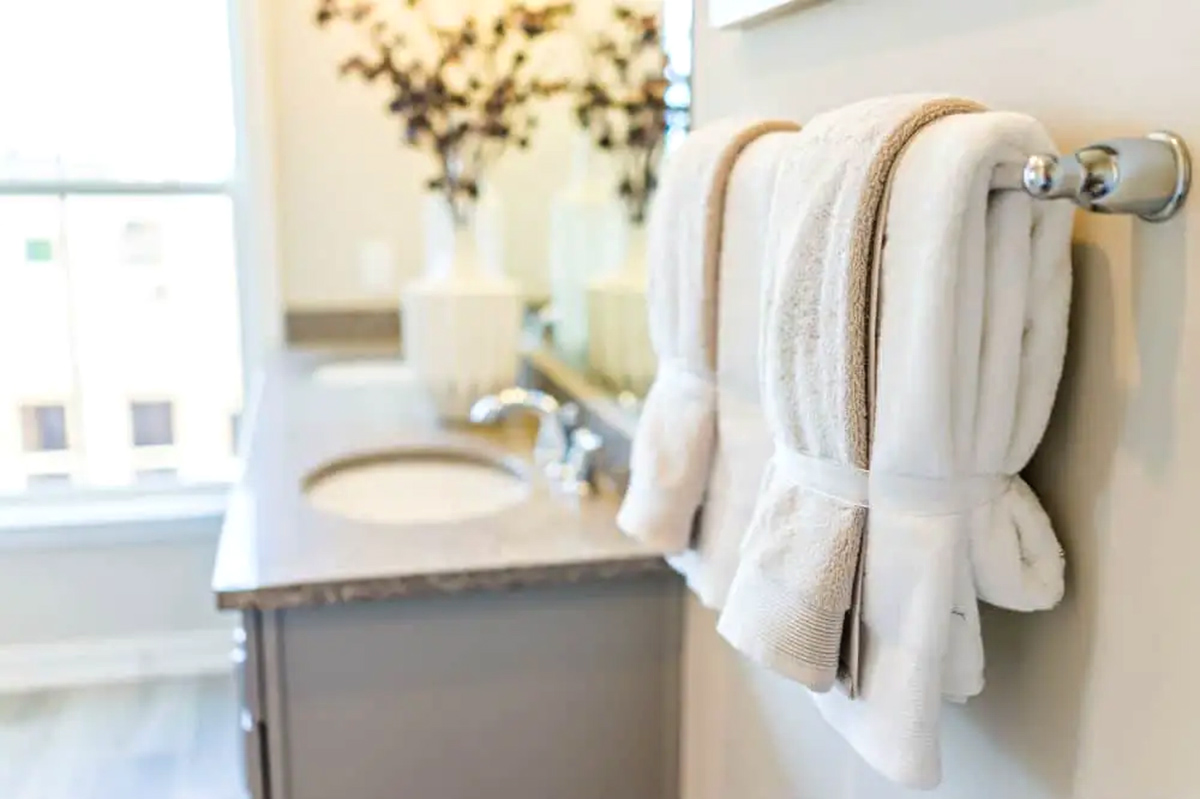
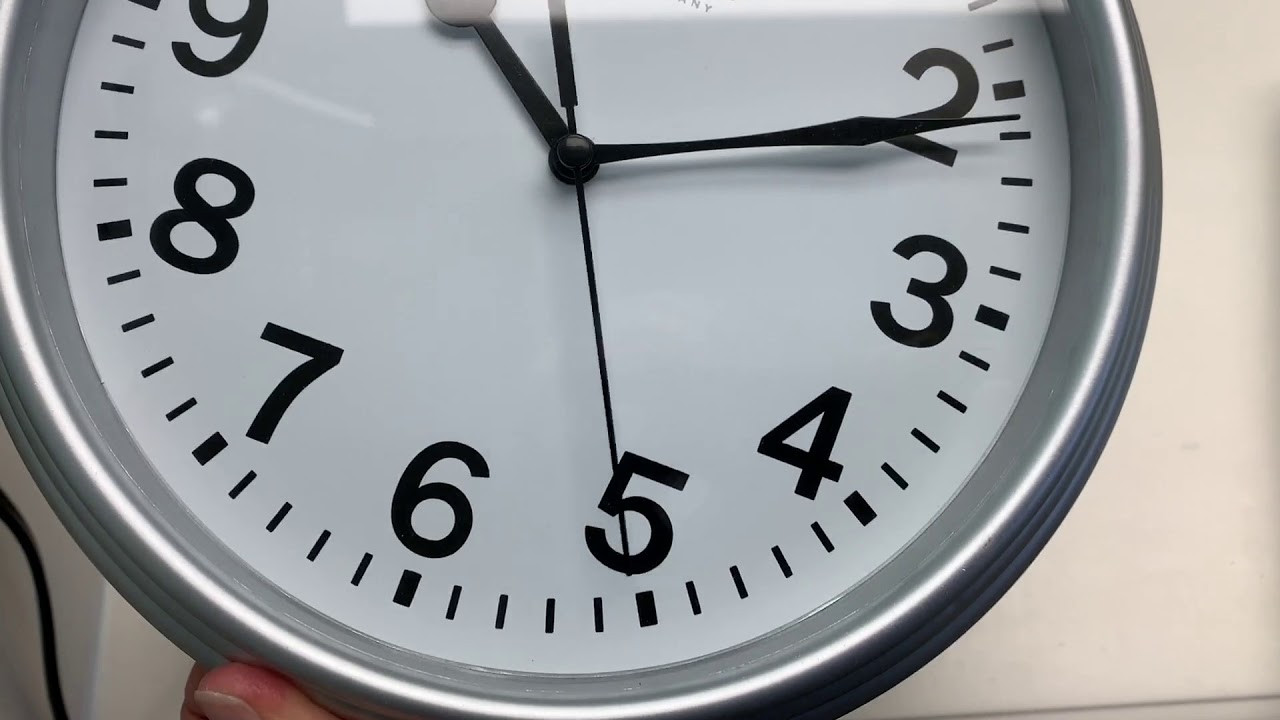



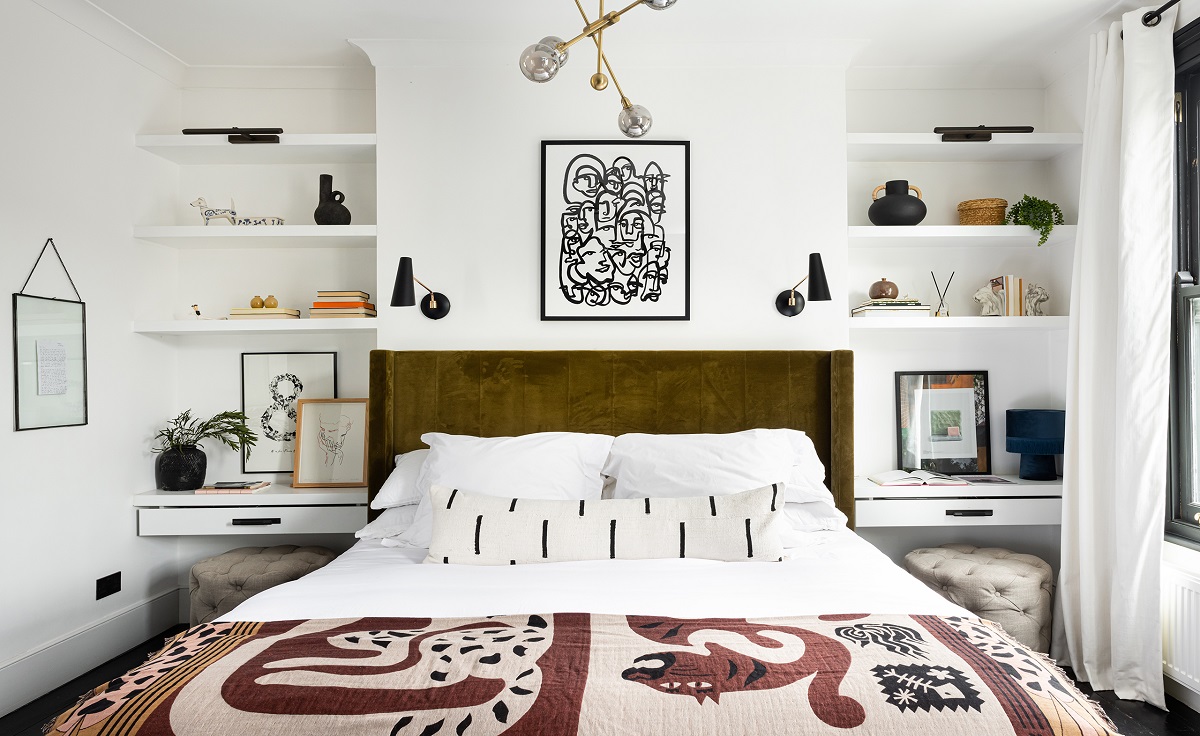
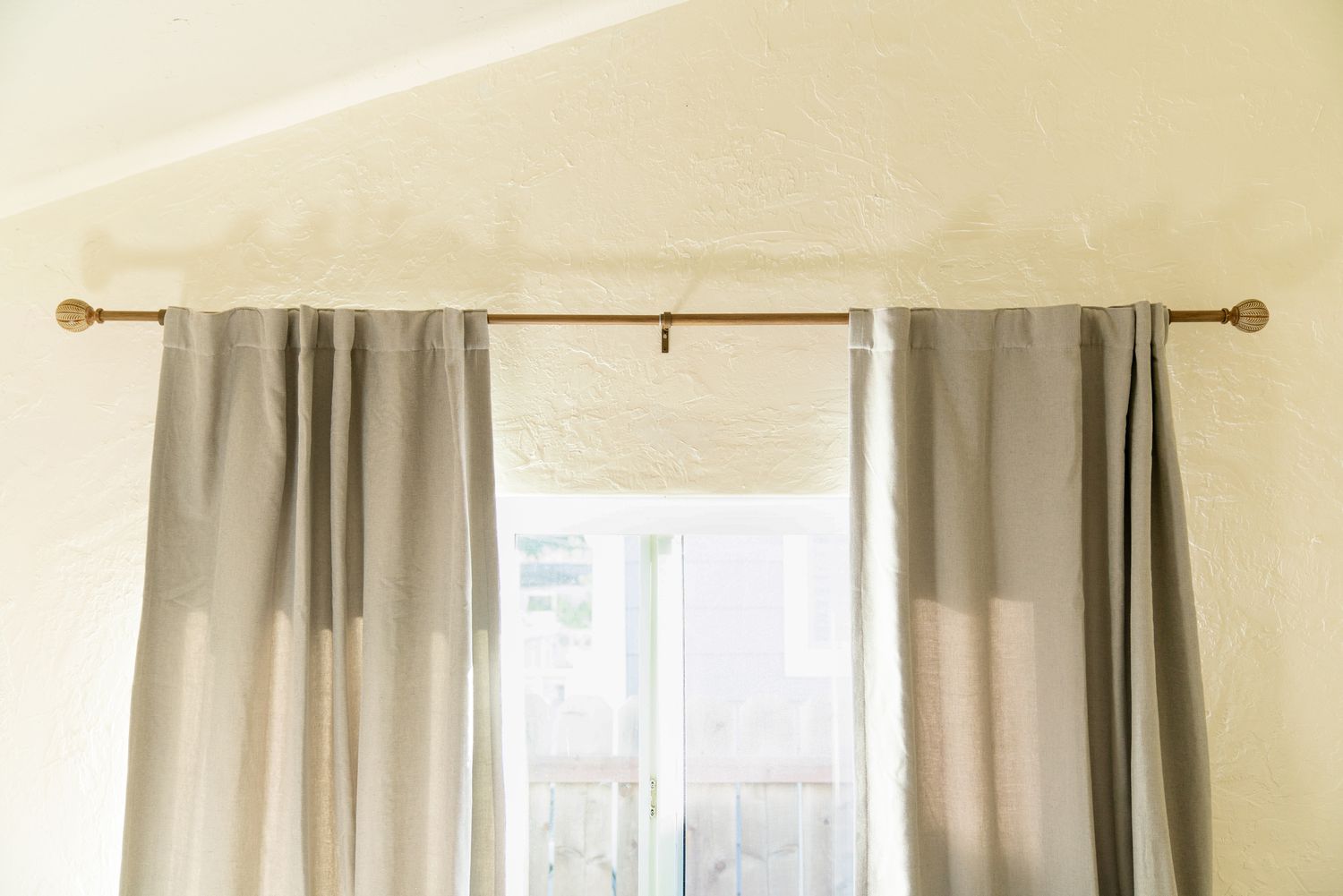



0 thoughts on “How High To Hang Wall Clock”